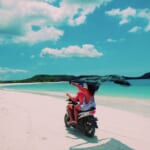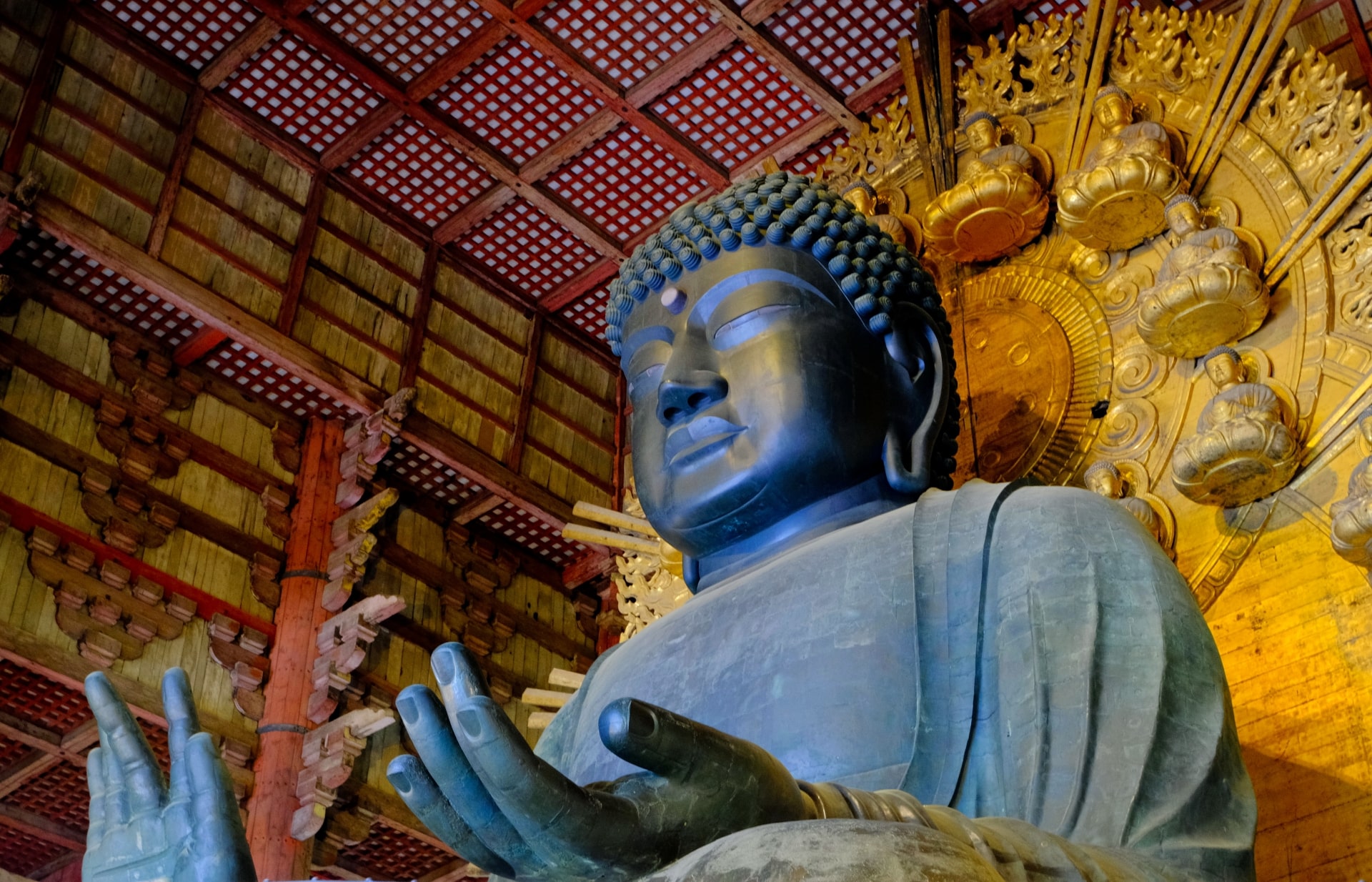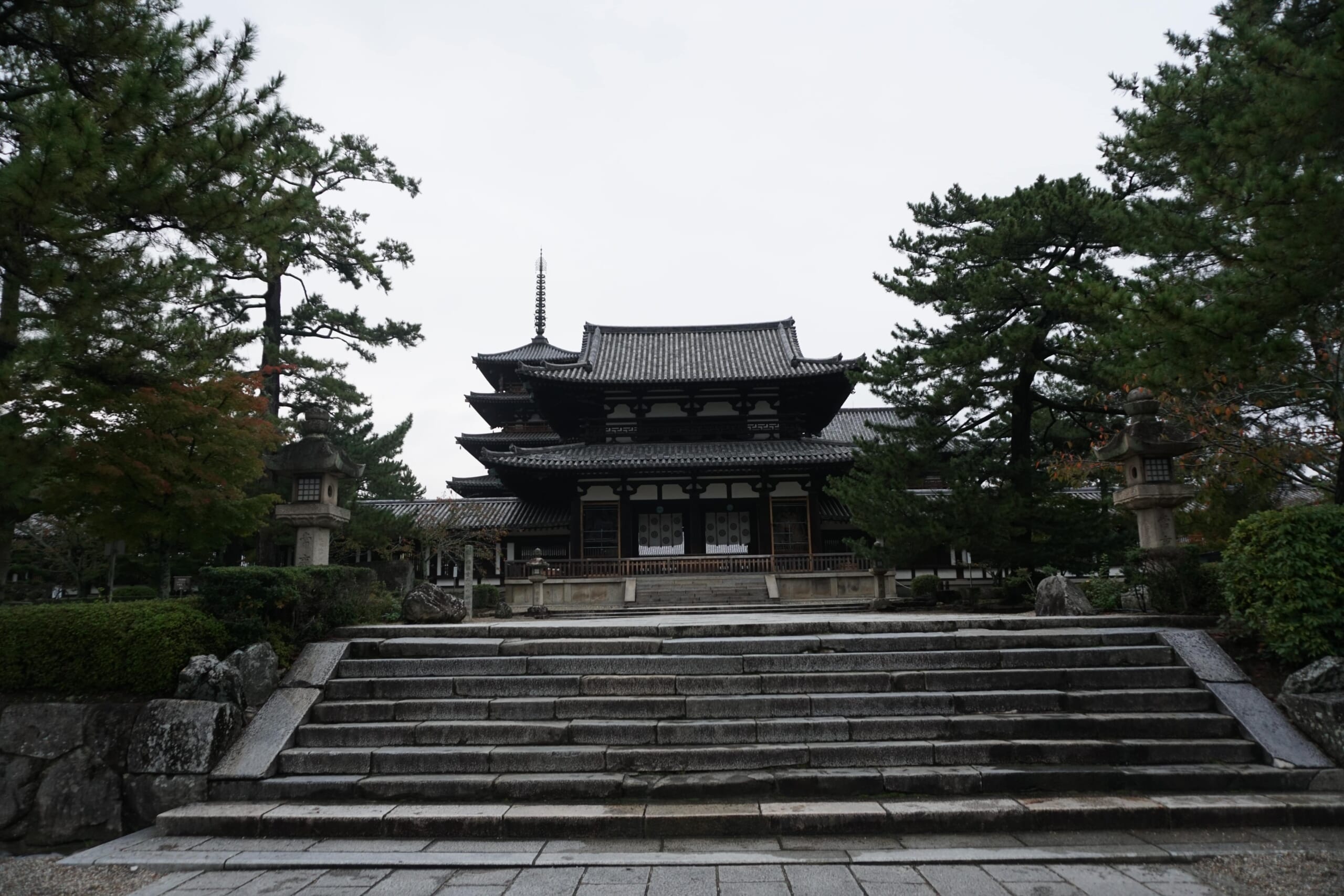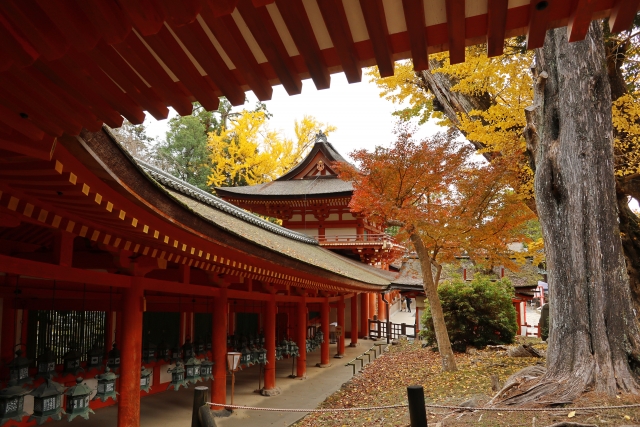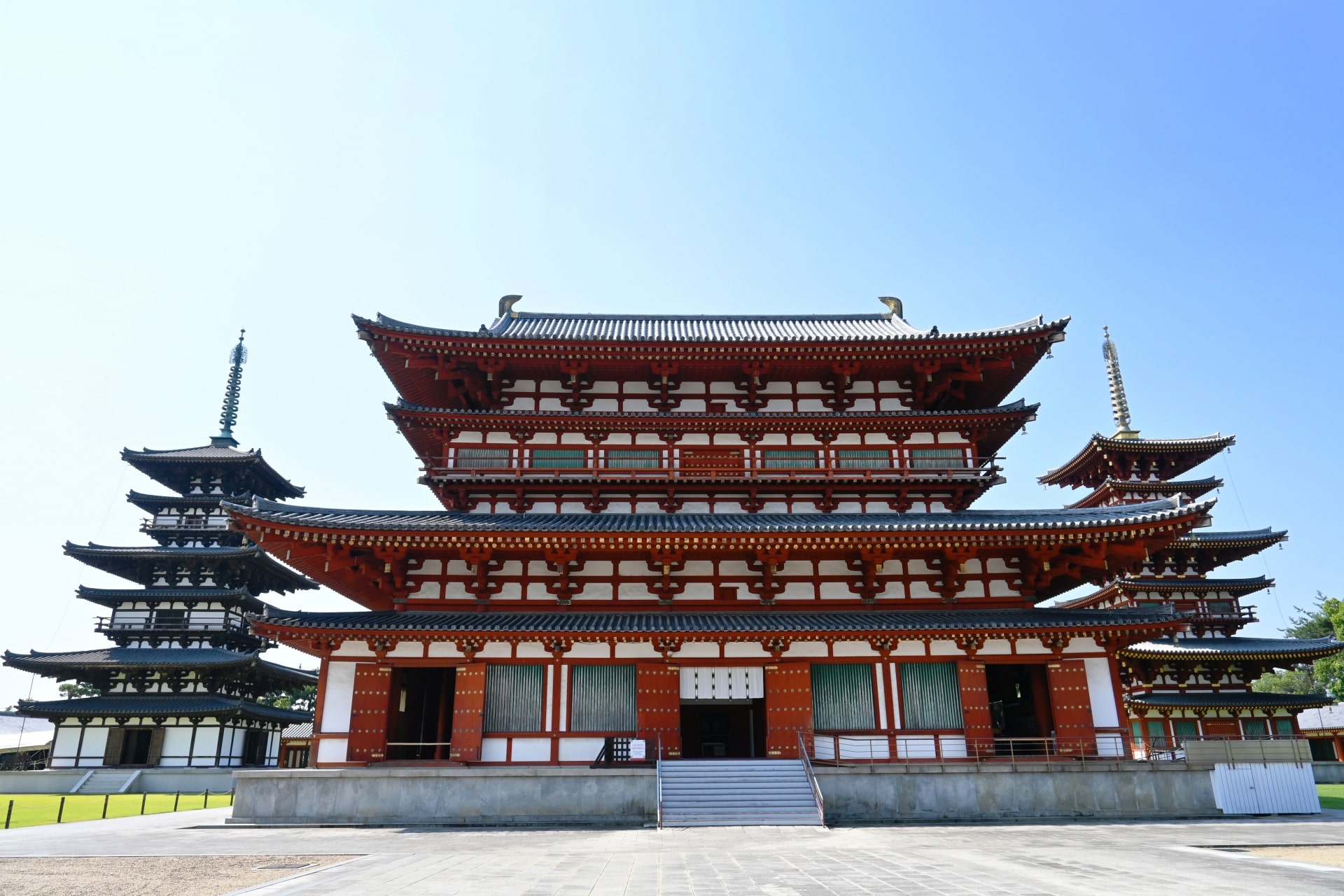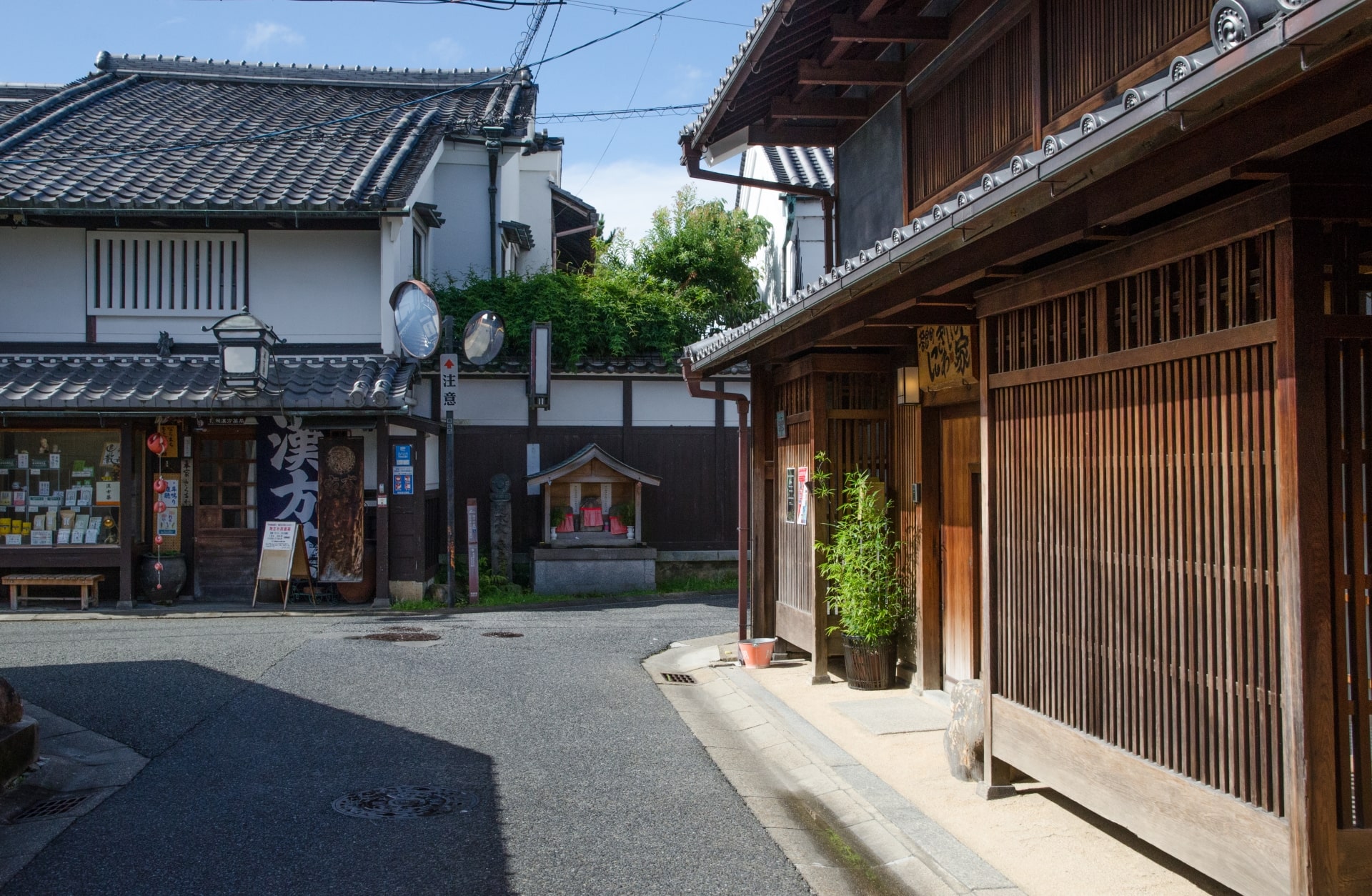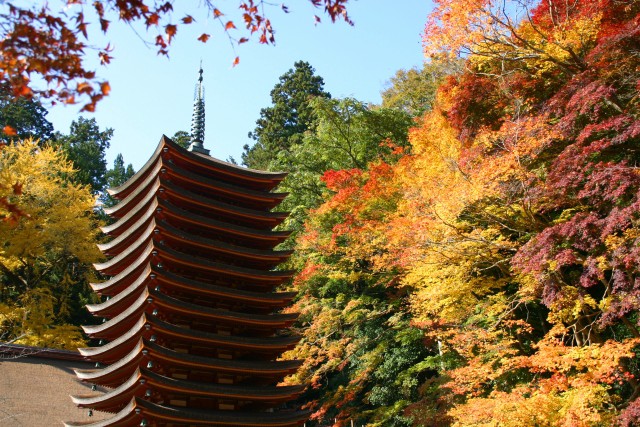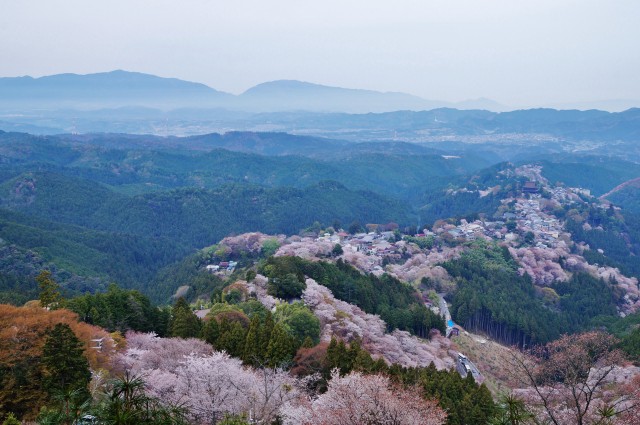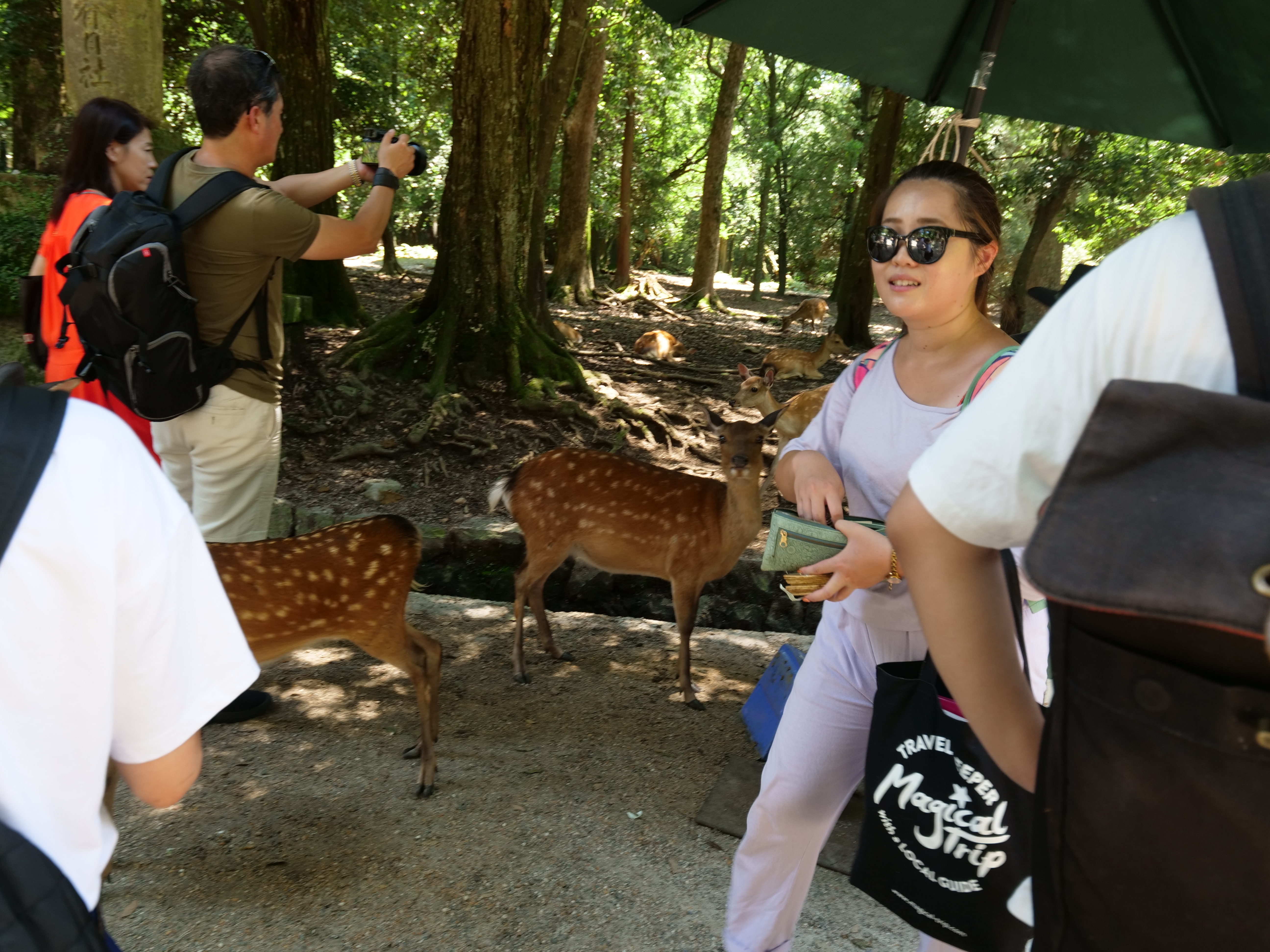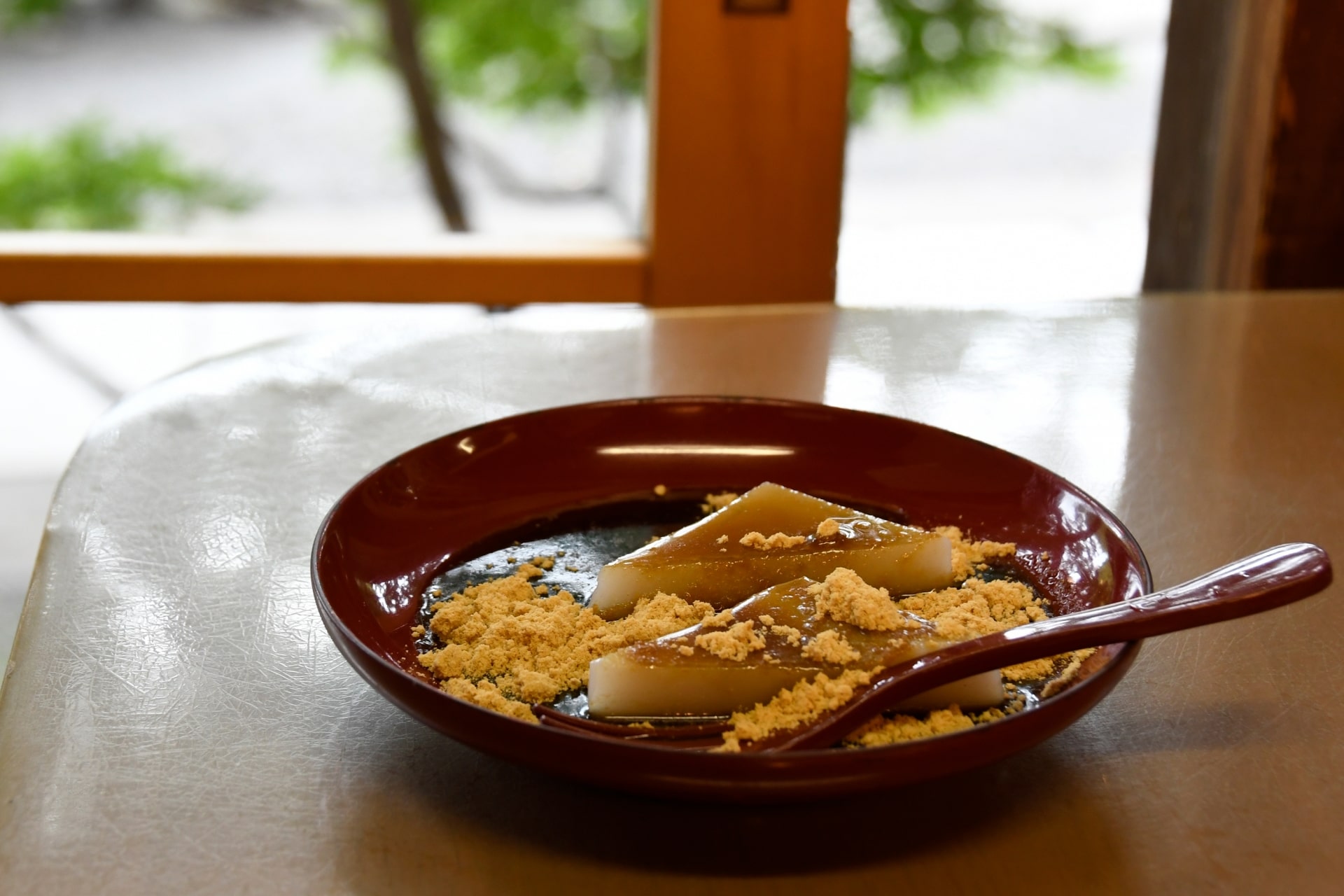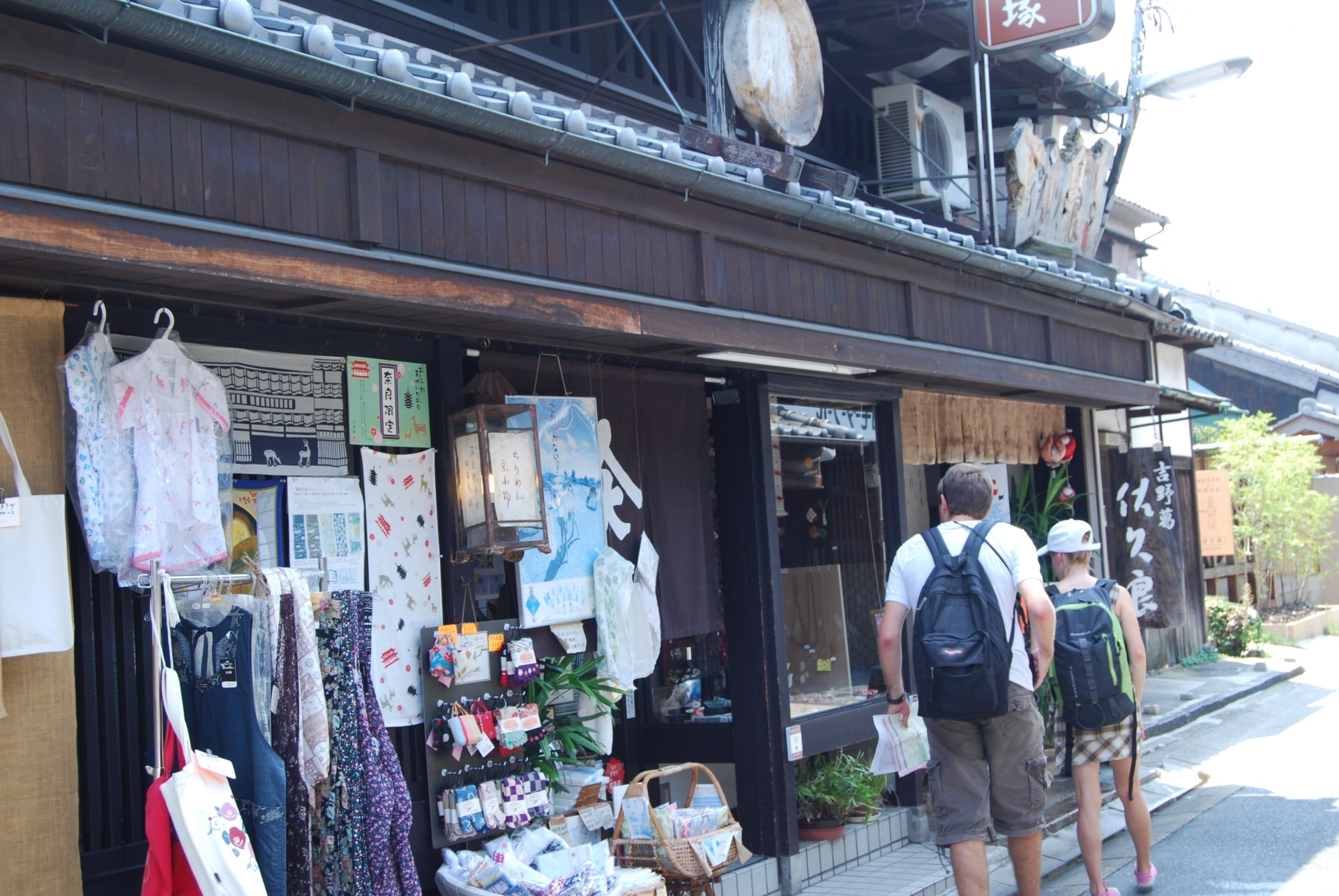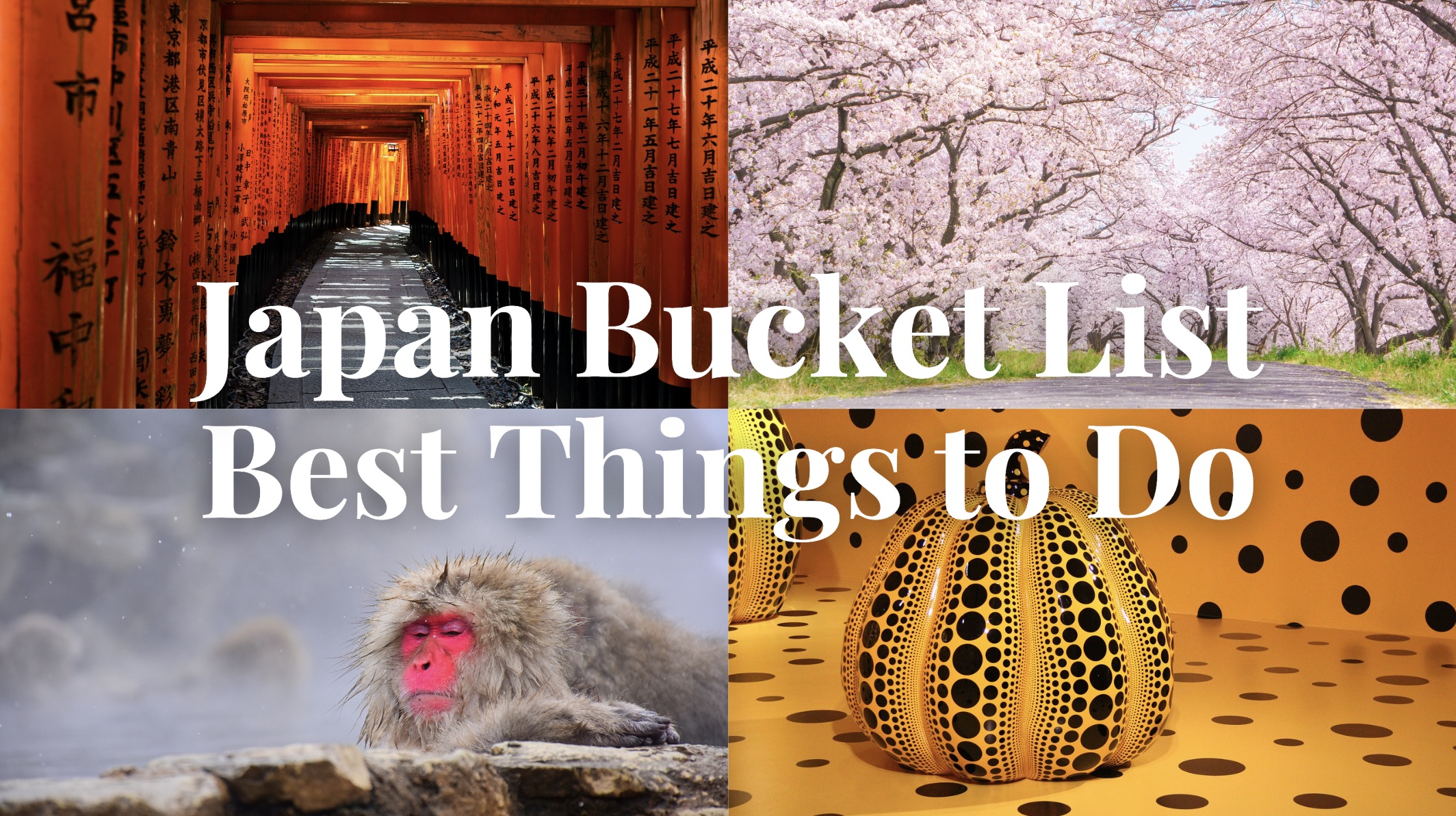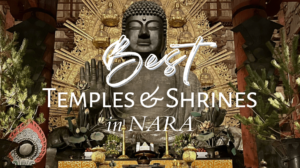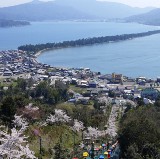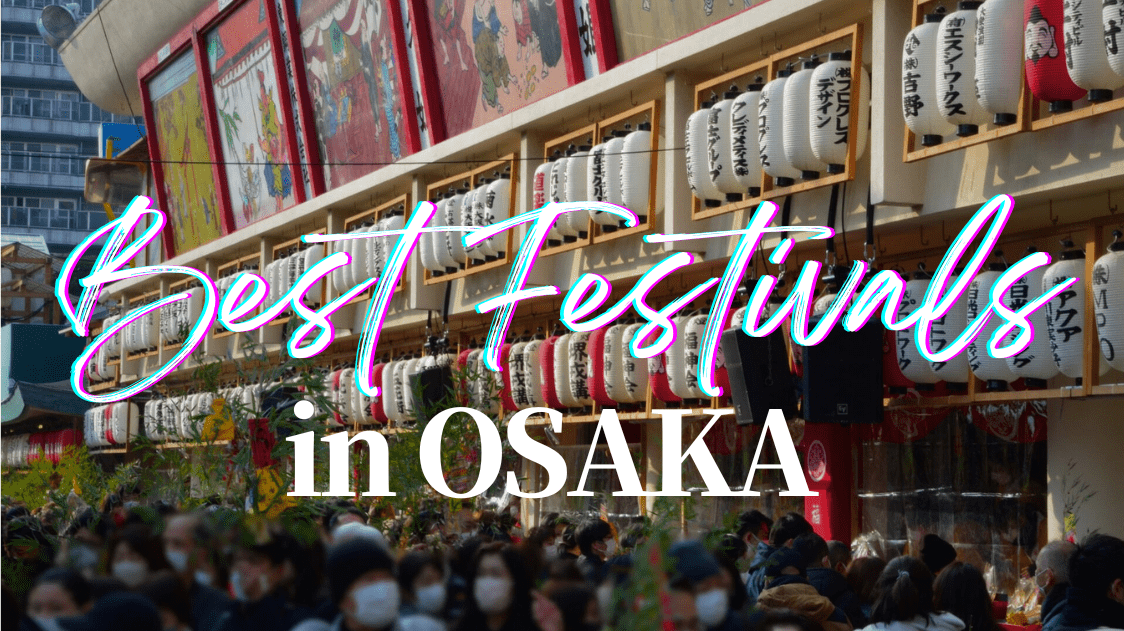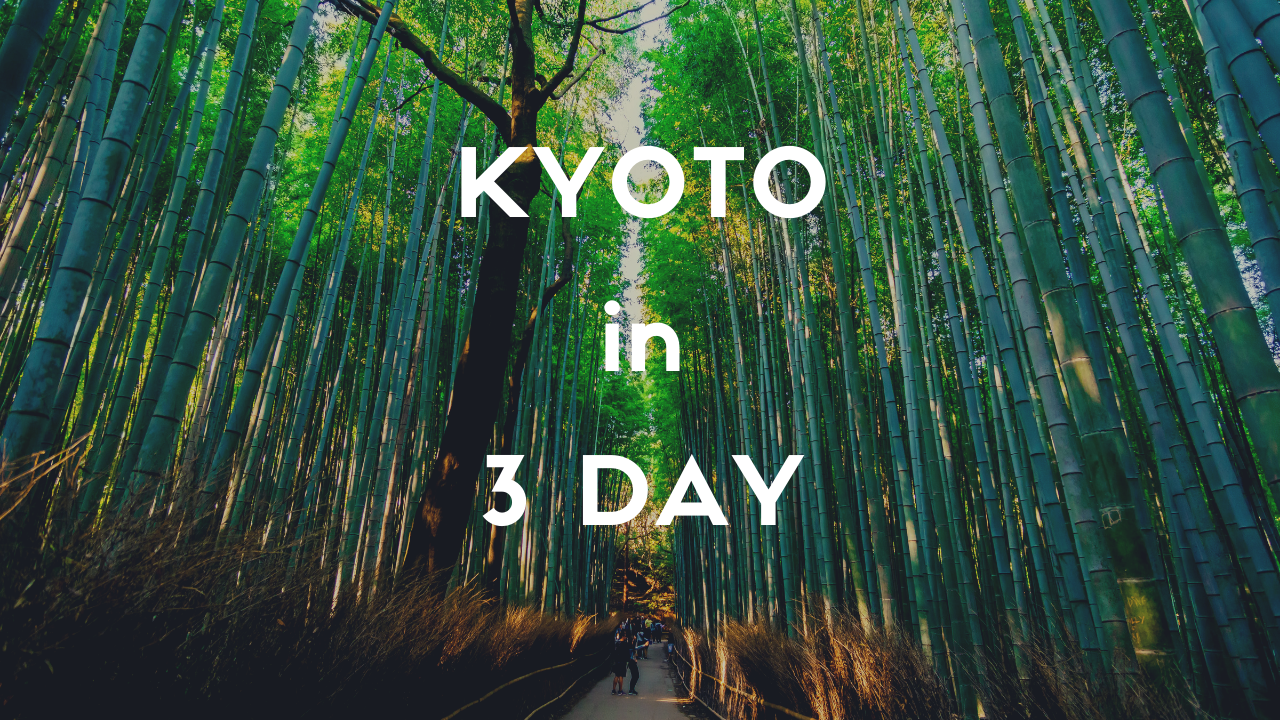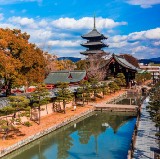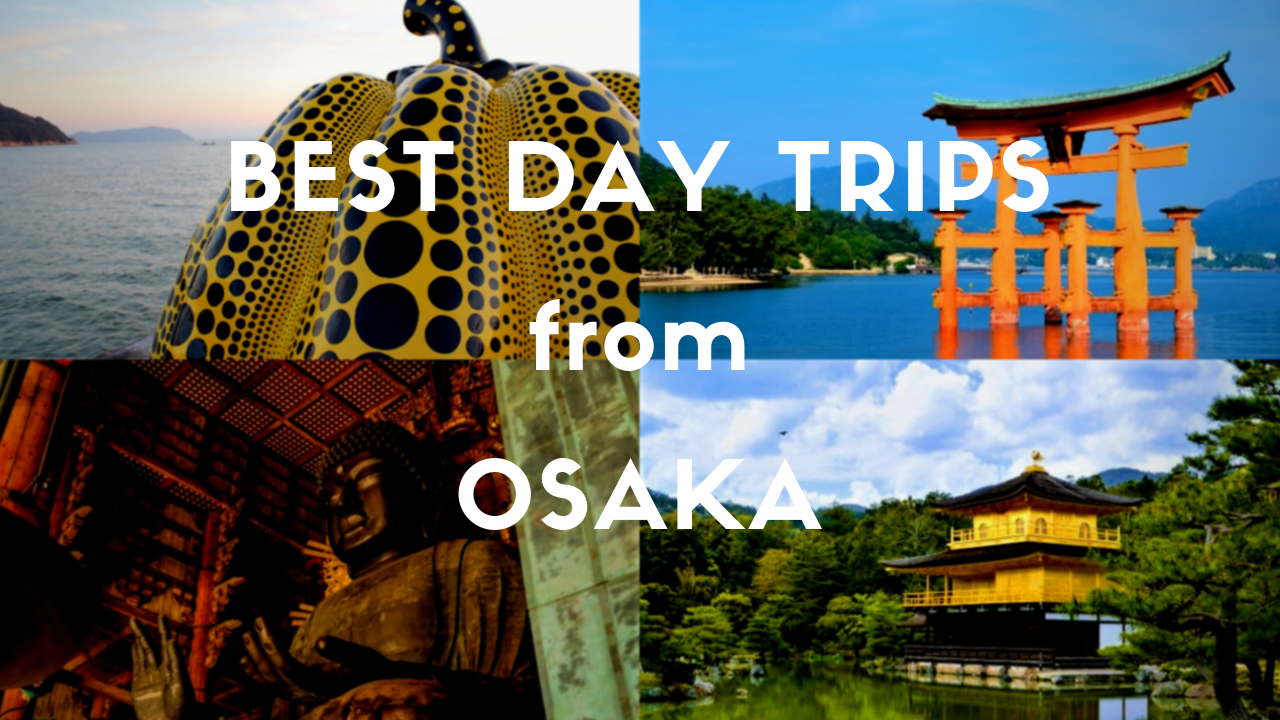Best Things to Do in Nara
Todaiji Temple and Adorable Deer, Best Things to Do in Nara

Nara Prefecture (奈良県) is part of the Kansai Region and located in the middle of the Kii Peninsula on Japan’s Pacific Ocean coast. The landlocked prefecture is bordered by Wakayama and Osaka on the west, Kyoto on the north and Mie on the east.
Nara served as Japan’s first permanent capital city called Heijo-kyo during most of the Nara Period (from 710 to 794), before it moved to Kyoto. Therefore, an impressive number of historic and cultural sites still remain in the city including shrines, temples, national treasures and world heritage sites. Nara is definitely a top destination for those who wish to explore and learn the ancient history of Japan along with Kyoto.
Two of the most famous symbols of Nara are historic sites and deer. The prefecture is home to three UNESCO World Heritage sites including Todaiji Temple, one of the most important temples of all Japan which is known for the world largest bronze Buddha statue. Next to the temple, there is Nara Park where you will be greeted by over 1,000 wild deer wandering around.
Besides, Nara boasts a variety of tourist attractions such as beautiful nature, charming town, seasonal events and hidden gems. If you are planning to visit Kyoto and Osaka, it’s highly recommended to visit Nara as it’s located next to those two prefectures and has a lot to explore.
In this article, I’m going to introduce the best things to do in Nara. Let’s discover the beauty and uniqueness of the ancient capital of Japan!
With this Kansai Region Bucket List, let’s also check out the surrounding tourist attractions: Best Things to Do in Kansai
*Please note that this article contains affiliate links.
1. Todaiji Temple
Todaiji (東大寺) is a famous landmark of Nara and one of the most important temples of all Japan. Founded in 752, the ancient temple complex is home to the world’s largest bronze Buddha statue and the main hall that stores the statue. It was designated to UNESCO World Heritage Site in 1998 as part of the “Historic Monuments of Ancient Nara” along with seven other sites including temples, shrines and the forest in Nara.
The Buddha statue of Todaiji Temple is known as “the Great Buddha of Nara (Nara no Daibutsu)” and is about 15m tall with a 5m long face. The statue is stored in the Great Buddha Hall (Daibutsuden), which is one of the largest wooden structures in the world. The scale of the architecture and the statue is simply breathtaking.
Todaiji is home to several structures and cultural assets that are designated to a national treasure including Nigatsudo, a hillside hall offering a sweeping view of the city from its balcony. Nigatsudo Hall is also known as the site for Omizutori ceremony, which takes place in March every year.
More info: Todaiji Temple: Meet the World’s Largest Buddha
2. Nara Park
Nara Park (奈良公園) is a public park located at the foot of Mt Wakakusa in Nara City. It’s a landmark and one of must-see tourist spots in the city. The size of the park is about 502 ha and the area includes several historic sites such as Todaiji Temple, Kasuga Grand Shrine, Kofukuji Temple and Nara National Museum.
The most notable and famous feature of Nara Park is deer (Shika in Japanese). The park is home to over 1,200 wild deer freely roaming around the park. The deer in Nara Park are considered sacred and regarded as messengers of the god according to the folklore from 8th century. They have been living there for over 1000 years and designated as a natural treasure. Visitors can interact with the deer by feeding them with deer crackers (Shika Senbei), which are sold around the park.
3. Horyuji Temple
Horyuji (法隆寺) is another important historic site in Nara. It’s located in Ikoma district, about 10km southwest from central Nara. While Todaiji is famed for its gigantic Buddha statue and main hall, which is the world’s largest wooden structure, Horyuji is the ground of the oldest wooden structure in the world, which its main hall founded in 607. It’s the headquarters of the Shotoku sect.
The temple was founded by Prince Shotoku, who took an important role for promoting Buddhism in Japan during Asuka period (592-710). The temple was registered as Japan’s first UNESCO World Heritage Site under the “Buddhist Monuments in the H0ryuji Area” together with Hokkiji Temple also located in Ikaruga, Ikoma district.
The temple complex is divided into two areas: the Sai-in (Western Precinct) and the To-in (Eastern Precinct). The western part is home to Kondo (main hall of the temple) and the five-story pagoda, both are the oldest wooden structures surviving in the world. The eastern part contains Yumedono (Hall of Dreams), an octagonal hall which was built on the ground of Prince Shotoku’s private palace. The complex also houses a large number of national treasures and important cultural properties.
4. Kofukuji Temple

Kofukuji was founded in 669 by Kagami no Okimi, the wife of Fujiwara no Kamatari at the original site in Yamashina (present Kyoto), then moved to the newly constructed capital in 710, Heijo-kyo (present Nara). The temple complex comprises several buildings including the Golden Hall and five-story pagoda. At the National Treasure Hall, an extensive collection of national treasures and Buddhist artworks are exhibited. Sarusawa Pond, situated next to Kofukuji Temple, at the end of Nara Park, is a great scenic spot where you can admire the temple’s five-story pagoda reflecting its surface.
5. Kasuga Taisha Shrine
Kasuga Taisha (春日大社) is a Shinto shrine located within Nara Park in Nara City, about 1 km southeast of Todaiji Temple. It’s one of the most important shrines in Japan, which was founded in 768 and rebuilt several times over the centuries. Kasuga Taisha is the shrine of the Fujiwara clan, who was the most powerful family during Heian Period. Kasuga Shrine are registered as a UNESCO World Heritage Site as part of Historic Monuments of Ancient Nara in 1998, together with several other historic monuments including Todaiji Temple and Kofukuji Temple.
Kasuga Taisha was built and designed with a Kasuga Zukuri, a traditional Shinto shrine architectural style named after Kasuga Taisha’s honden building. The shrine is known for the brightly vermilion lacquered buildings and the interior with over 3,000 bronze and stone lanterns. The deer at Nara Park are considered to be sacred messengers that serve the Shinto deities of the Kasuga Taisha.
More info: Kasuga Taisha Shrine: a World Heritage Shinto Shrine in Nara
6. Isuien Garden

The garden is separated into two sections with the front part formed during Edo period by Kiyosumi Michikiyo, a wealthy merchant and the larger back part built in 1899 and designed by Seki Tojiro, a businessman in Nara. Two parts were bought and combined in 1939 by Jyunsaku Nakamura, together with Neiraku Museum, an art museum that exhibits a huge art collection of the founder.
7. Yakushiji Temple
Yakushiji Temple (薬師寺) is one of the greatest temples in Japan, located in western Nara. Founded in 680, Yakushiji Temple is highly renowned for its historicl and architectural features and is one of the sites of Historic Monuments of Ancient Nara that is registered as a UNESCO World Heritage Site since 1998 along with Todaiji, Kofukuji and Kasuga Taisha.
Yakushi-ji was founded by Emperor Tenmu in order to wish the recovery from illness of his consort, who later became Empress Jito. Building temples in devotion to Buddhist figures was a common practice among Japanese nobility after Buddhism was introduced from China and Korea. The building was build with a Chinese style. The temple complex is famous for its unique layout called the Yakushiji style, which is symmetrical with two main halls and two three-story pagodas.
8. Heijo Palace Site Historical Park
Heijo Palace Site Historical Park (平城京跡歴史公園) is the former site of the imperial residence in the capital city Heijo-kyo (present Nara), during most of the Nara period. It was moved from Fujiwara-kyo near Asuka to the north central of Nara. Although it was a center of the ancient capital, the palace was abandoned after the capital was moved to Heian-kyo (present Kyoto) and some structured were moved or destroyed by fires and other disasters eventually. The Heijo Palace was registered as a UNESCO World Heritage Site in 1998 under the name of the Historic Monuments of Ancient Nara along with a number of other buildings in the area.
Several structures of the palace complex have been reconstructed in recent years including the Former Audience Hall (Daigokuden), the main entrance of the palace Suzaku Gate and the East Palace Garden (Toin Teien). At the Nara Palace Site Museum visitors can learn about the history of the palace through the gallery of its administrative offices, artifacts, archaeological science, and special exhibitions.
9. Naramachi
Naramachi (ならまち) is a neighbourhood of Nara known for many well-preserved merchant houses from Edo period. The district is home to an ancient Gangoji Temple, an UNESCO World Heritage Site built in 6th century first in Asuka as Asukadera, then moved to Nara in 718 following the relocation of the capital to Heijo-kyo. Asukadera is the oldest temple in Japan.
The former merchant district of Nara was developed from late Edo period to Meiji period and its narrow streets are lined with traditional wooden houses called Machiya (town house) that served as shops and merchant residences. The well-preserved Machiya buildings are now transformed into restaurants, shops, guesthouses and museums, and open to public.
10. Tanzan Shrine
The mountain top shrine, Tanzan Shrine (談山神社) is located in Sakurai City, Nara. It was founded in 678 during Asuka Period by the Fujiwara clan, one of the most powerful families in Japanese history and it enshrines Fujiwara no Kamatari, the founder of the clan. It was built as a temple originally, then converted into a shrine during Meiji period.
One of the most notable features of Tanzan Shrine is the 17m tall, 13-story pagoda which is considered as the only one 13-story wooden pagoda existing in the world and is designated an Important Cultural Properties of Japan. The shrine is also famed for a site for gorgeous autumn leaves in autumn and cherry blossoms in spring.
More info: Tanzan Shrine: Hidden 13 Storied Pagoda in Nara
11. Mt Yoshino
Mt Yoshino or Yoshinoyama (吉野山) is known as the best cherry blossom viewing spot in Japan. The slopes of the mountain are covered by approx 30,000 cherry trees in 200 different variations, creating a breathtaking scenery in spring. The history of cherry blossoms in Mt Yoshino dates back to about 1300 years ago and the cherry trees were first planted in Heian period (794 to 1185).
The mountain is designated to UNESCO World Heritage Site since 2004 as part of “Sacred Sites and Pilgrimage Routes in the Kii Mountain Range” and is home to several important monuments of pilgrimage including Yoshino Mikumari Shrine, Kimpu Shrine and Kimpusenji Temple.
The mountain is divided into four areas: the Shimo Senbon (base of the mountain), Naka Senbon (half way up of the mountain), Kami Senbon (upper side of the mountan) and Oku Senbon (top of the mountain). Since the cherry trees are planted in those four areas at different altitudes, the blooming time of cherry trees varies in each area, which means that the cherry blossoms can be enjoyed for a long period.
More info: Mount Yoshino Cherry Blossoms
12. Tanize Suspension Bridge
Tanize Suspension Bridge or Tanize no Tsuribashi (谷瀬の吊り橋) is a bridge in Totsukawa Village in Yoshino district, Nara Prefecture. The bridge spans across Totsugawa River connecting Tanize and Uenoji. It was built in 1954 and is one of the longest suspension footbridges in Japan which is 54m high, 297m long.
It is said that before the suspension bridge was built, people from the region had to cross Totsukawa river with a log bridge which was swiped away every time the rive was flood. So they decided to make a fund of 8 million yen collecting about 20-30 thousands yen per household to construct the suspension bridge.
Now the bridge is a top tourist attraction of the region where visitors can enjoy the thrilling walk on the bridge as if walking in the air. It’s surrounded by deep mountains and offers an astonishing view of the gorge and the river flowing underneath.
13. Omizutori

The event is held for two weeks from 1st to 14th March every year to cleanse the people of their sins as well as to usher in the spring of the new year. The most spectacular ceremony of the event, Otaimatsu is performed at the balcony of Nigatsudo Hall of the temple over the audience. It involves large fire torches called Taimatsu carried across the balcony for about 20 mins, with the embers showering down.
More info: Omizutori: the Oldest Festival in Japan
14. Temple Stay
When it comes to accommodation in Japan, there are a plenty of options to choose from inexpensive guesthouses to luxury ryokan inns. But if you wish to make your stay very special and extraordinary, I would say a temple stay could be one of the best option. Yes, it is possible to stay in one of the temples in Japan, moreover, it is available in Horyuji Temple, one of the greatest Buddhist temples in the country and home to the oldest wooden structures in the world.
Temple lodging wasn’t something new among pilgrims and tourists as the way to experience the traditional culture and the lifestyle of Buddhist monks. However, if that’s too challenging, the temple stay at Horyuji Temple is something less complicated as they provide clean and gorgeous Japanese style rooms and Japanese meals, and learn about the culture at the same time.
You can check the link below to learn more about temple lodging at Horyuji Temple in Nara based on the review from the real experience of our write!
Review ▶︎Luxury Temple Lodging at Horyuji Temple, Nara
15. Walking Tours
Nara is one of the most interesting and culturally rich cities of all Japan as it’s the first capital city of Japan known as Heijo-kyo. To explore the rich history and culture of Nara, taking a tour with a local guide is highly recommended. A plenty of guided tours are available in Nara with various routes, attractions and duration.
If you are planning to visit Nara for a short time from Kyoto or Osaka, I’d highly recommend you to take this “Nara Half Day Trip Walking Tour” that allows you to go through the best highlights of Nara with a half-day including the Great Buddha statue, adorable deer, Kasuga Taisha Shrine and more beautiful historic sites of the city. Check out the link below for more details about the tour!
16. Savor Local Delicacies of Nara
Exploring local cuisines is one of the most enjoyable things to do for travellers in Japan. Nara is famed for its World Heritage Sites and adorable deer, but Nara’s food culture is also unique and very special so you should definitely experience the flavour of Nara while travelling. Here are some of must-try local dishes from Nara.
Kakinoha Zushi, Persimmon Leaf Sushi, is a traditional sushi native to Nara Prefecture, which is pressed sushi with vinegar rice and mackerel or salmon wrapped in a persimmon leaf. Narazuke, a type of pickle in Nara made with vegetables and fruits pickled in salt and sake kasu (lees) and has rich and unique flavour. Chagayu is a traditional breakfast from Nara, which is a rice porridge served with roasted green tea. Kuzumochi is a jelly textured mochi dessert, which is made with kuzu (Japanese arrowroot) and typically served with brown sugar syrup and kinako (roasted soybean flour).
17. Shop Nara’s Specialties
Buying souvenir could be big part of your trip especially in Japan as each prefecture offers a variety of unique and fascinating souvenirs to take home including food, sweets and handicrafts. You can find souvenir shops easily in large stations and near popular tourist spots in Nara, selling local products. There are many products featuring two of Nara’s famous symbols: the Great Buddha and deer such as deer keyholders, mini Buddha statues, deer poop chocolate and Buddha shaped cookies. Nara’s mascot character, Sento-kun motif items are also popular among tourists.
+Extend Your Trip to Kyoto and Osaka
Another ancient capital of Japan Kyoto and the metropolis of Western Japan Osaka are two of must-visit cities in Japan and are both situated next to Nara within Kansai Region. Travelling around Nara, Kyoto and Osaka is one of the most popular travel routes in Japan, which is often called the Kansai Trio. So if you are planning to visit Nara, it’s highly recommended to extend your trip to Kyoto and Osaka and maximise your travel experience in Western Japan.
Like Nara, Kyoto is famed for beautifully preserved temples, shrines, historic buildings and cultural treasures that attracts millions of local and international tourists. On the other hand, Osaka is a modern capital of Western Japan and the second-largest city in Japan after Tokyo, serving as the center of tourism, economy and modern culture. You can check the following links for the best things to do in Kyoto and Osaka.
There are countless tourist attractions in Nara, Kyoto and Osaka, and you may get confused what to see and where to go with a limited amount of time, so it’s highly recommended to plan your trip in advance. Check out the suggested travel itinerary in Nara, Kyoto and Osaka and discover the charms of the Kansai Region including UNESCO World Heritage Sites, delicious local food and unique culture.
▶ OSAKA + KYOTO + NARA: 1 Week Itinerary
▶ 1 Day Itinerary in Nara: Day Trip to Nara from Kyoto
▽Check out the attractions you should experience across Japan with this Japan Bucket List!▽
If you wish to discover more about Western Japan, check this article below!
▶︎Top Things to Do in Western Japan
▽Check more things to do in other prefectures in Kansai Region!▽
▶︎30 Best Things to Do in Osaka
▶︎30 Best Things to Do in Kyoto
▶︎10 Best Things to Do in Shiga
▶︎10 Best Things to Do in Mie
▶︎10 Best Things to Do in Wakayama
▶︎10 Best Things to Do in Hyogo
Thanks for reading! For more travel in formation in Western Japan including Nara, Kyoto and Osaka, please check the following links, too!
▽Related Articles▽
Written by
"The world is my oyster." As a dedicated globetrotter and hammock enthusiast, I’ve spent years chasing new experiences, collecting stories, and discovering the world’s most incredible destinations. Born and raised in Japan, I’ve always had a deep connection to my roots, but my love for adventure has led me to spend over a decade exploring countries across the globe—from culture-rich cities to remote hideaways.
Travel isn't just a hobby for me; it's a lifestyle. I'm constantly searching for new ways to fuel my wanderlust. Over the years, I’ve developed a wealth of knowledge and a treasure trove of tips that make traveling more enjoyable, practical, and meaningful.
Through my experiences, I've come to appreciate not only the beauty of travel but also the importance of understanding diverse cultures, embracing the unfamiliar, and stepping out of my comfort zone. My travels have shaped who I am today, and I’m excited to share those lessons with others.
With Japan Web Magazine, I aim to offer practical advice, insider tips, and firsthand stories that help travelers navigate their journeys to Japan or setting off on a global adventure. From hidden gems in Japan to travel hacks that make any trip smoother, I hope my insights inspire you to embark on your own adventures and make the most of every moment. Let’s explore the world together!
You can also find my stories here ▶ https://medium.com/@nahobm
